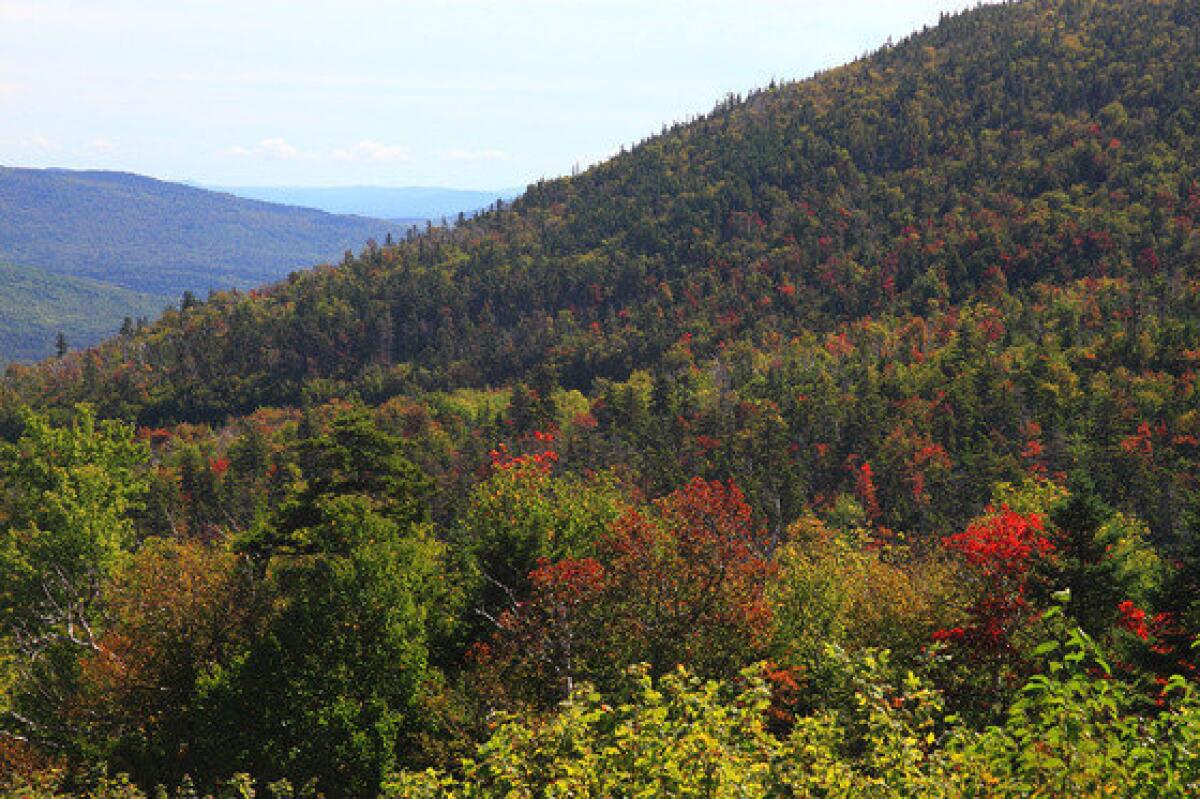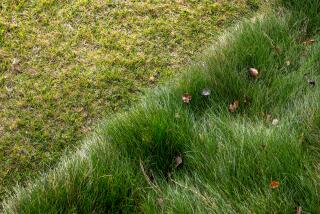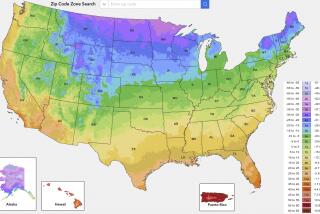First-day-of-fall foliage report: Changing leaves to come early

The first day of fall -- which happens to be today -- leads many people to think of the changing leaves. But in New England, the leaves have been turning colors for weeks now, signaling an early autumn and suggesting that “leaf peepers” will get their fill of spectacular, brilliant foliage.
Blink, though, and you might miss it.
“This summer, we didn’t have the extreme drought conditions that the rest of the country had,” said Jim Salge, a nature photographer, a writer for New England travel guide Yankee Magazine and one of the area’s foremost foliage experts. “We had a mild drought; we also had a very early spring.”
And this year, the peak of the fall foliage is expected to come a week early, Salge told the Los Angeles Times. The traditional peak comes about Oct. 10. This year, it’s expected to be Oct. 3, he said. “It’s actually going to be pretty early this year, which is unusual,” he said.
So there’s no time to dilly-dally if you want to take a drive on a winding New England road and drink in all the color. (If that’s not an option, check out our photo gallery at left.) Until now, the leaves have been turning in little blasts of color here and there, Salge said, something he captured in the picture above, which was taken this month.
The region’s leaves will turn colors in earnest as part of a wave that moves north to southeast, and is likely to reach the Southern coasts -- North Carolina, Virginia, etc. -- by the first week in November at the latest.
Area residents relish waking up in the morning and rushing to their windows to see what Mother Nature and her paint brush accomplished overnight.
“It’s a gradual increase in color, and then a gradual decrease in color, and then you’ll get to strong winds and snow,” Salge said. “Usually you have about three weeks of color. The rest of the time it’s either green or white up here.”
It’s likely to be all over by early November, he said. The leaves that transitioned from green to burnished yellows, vibrant reds, burnt oranges and rich magentas will begin to shrivel, dry and fall to the ground.
“It’s still exciting to New Englanders, as well as the tourists,” he said. “It’s so fleeting.”
Turning leaves means falling leaves, and falling leaves means plenty of raking. That last part might seem like a headache, Salge said, but it’s a beloved part of New England’s most celebrated season.
“It’s all what we envision as the perfect New England,” he said. “They’re lying on the ground and you get to kick around the color and the kids play in it. It also comes with some work, and raking. It’s a weird thing, maybe, but it’s just a part of what New England is.”
The changing foliage brings plenty of tourists, who are mighty welcome after last year’s Hurricane Irene tore through the area and ruined many a visit. Salge said the tourists are easy to spot. They’re the motorists driving erratically while pointing at the trees, or abruptly pulling over to the side of the road for the perfect photograph.
Some New Englanders may gripe a bit about the interlopers, but they’re also proud to share their beloved region with people who appreciate and respect its natural beauty.
“It’s just what happens every year,” Salge said. “Sure, the roads get a little crowded at times and there are lots of people asking for directions. But we really celebrate it.”
ALSO:
“Popcorn lung” lawsuit: Denver man gets $7.2-million verdict
Father-daughter dances banned in R.I. as “gender discrimination”
New Jersey beagle miraculously survives a 70-foot fall from bridge
More to Read
Start your day right
Sign up for Essential California for news, features and recommendations from the L.A. Times and beyond in your inbox six days a week.
You may occasionally receive promotional content from the Los Angeles Times.







